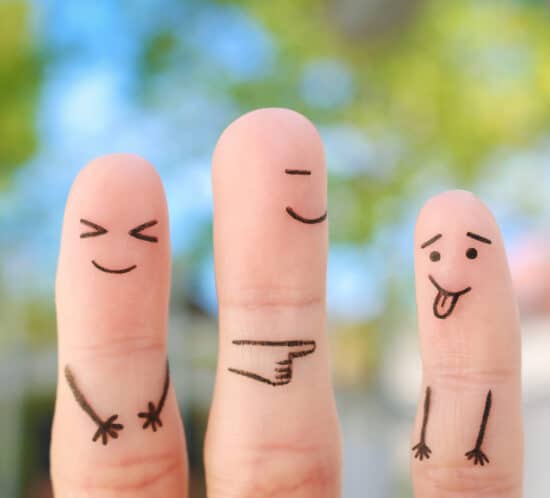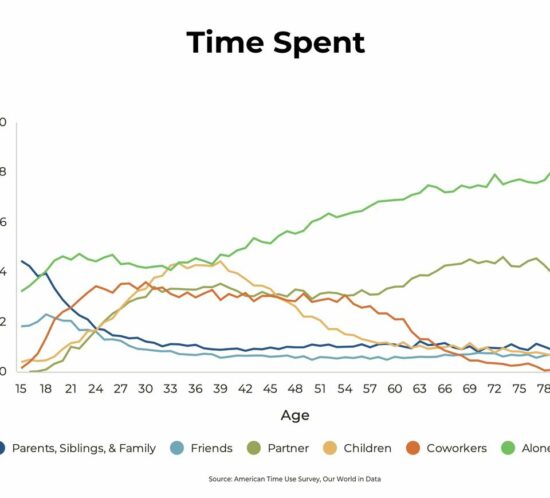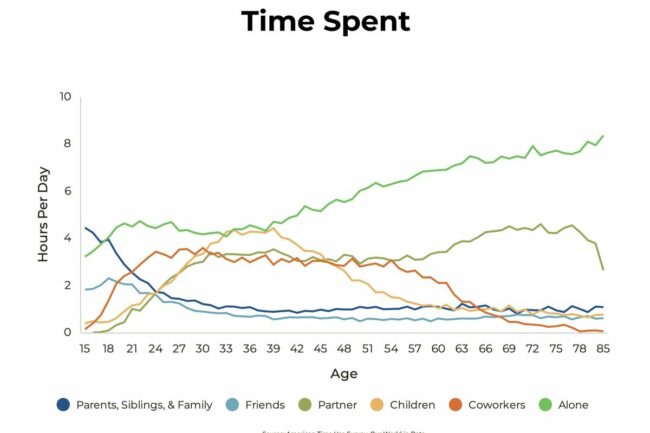Whacking a Gun
“
The participants were very deeply attuned to each other by the end of the first act. There was a noticeable shift in the serious way they all held space for each other. There were moments of shared experience and relatability, moments of deep empathy when someone talked about coming from a hard place, and lots of “aha” moments as they all collectively made more sense to each other.THE HUMAN JOURNEY® Conductor
If you’ve ever heard the clanking of a blacksmith’s hammer against an anvil, you know it has a distinct, medium-high pitch, an oddly comforting sound, as if business is getting taken care of, and strong, determined people, perhaps channeling the energy of Greek god Hephaestus, are nearby.
An urban dweller like me rarely has occasion to hear that sound. Even so, the music of the clanking on the terrace just outside last week’s Parliament of the World’s Religions, held for thousands of interfaith and peace leaders and workers in Chicago, reached my ears for three days, out on the lakeside terrace of the conference center, before I was drawn near by the sound of a folksinger accompanying the labor and singing his heart out.
It was neither horseshoes nor cabinet hinges that the blacksmiths were making that had caused Parliament attendees to form a line to take their turn at helping.
What these blacksmiths from RAWTools were doing was taking surrendered guns from a variety of sources and re-forming them into garden hand tools, embodying their mission and message of peace as elegantly as possible. The organization takes literally the passage from the Book of Isaiah to “beat their swords into plowshares and their spears into pruning hooks.”
A chance to help pound instruments that can kill into tools that can bring forth new life? I got into line and awaited my turn to put on the suede work apron and goggles.
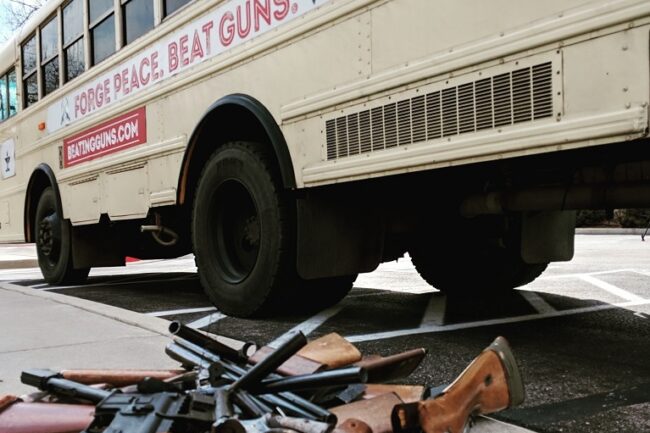
The 1893 Moment
The Parliament of the World’s Religions — which attracts people who are engaged in interfaith work from all over the world, and from more than 200 different world religions or spiritual traditions — has its roots in Chicago, dating from the 1893 World’s Fair.
At this Columbian Exposition, Chicago got its chance to compete with Paris’s Eiffel Tower by introducing the Ferris Wheel (in other countries referred to as the “Chicago Wheel”) along with other prized local inventions, including Cracker Jacks, Juicy Fruit gum, zippers, and the first modern skyscraper, which had been built only five years before.
I was excited to attend the Parliament in its — and my — home city, including partly at sites where the 1893 World’s Fair took birth, including at the Art Institute of Chicago.
The inspiration for the Parliament dates from September 11th that year when religions of the world had the opportunity, for the first time, to represent themselves publicly, rather than be represented through an outsider’s distorting lens. Most notably, it was when Hindu teacher Swami Vivekananda shocked and delighted Westerners in the audience by addressing them as “Sisters and Brothers of America!” and showing them the many commonalities between Eastern and Western faith traditions, calling for religious tolerance, opening East-West dialogue for the rest of us, and certainly changing American spiritual cultures in marked ways.
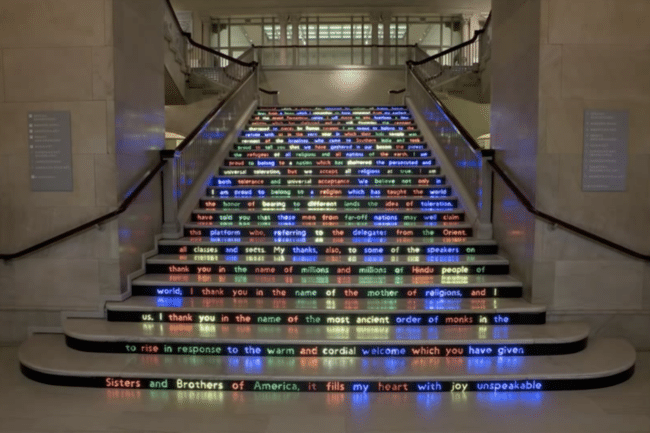
You can expand this image and start to read Vivekananda’s speech at the site of the Art Institute of Chicago in this 2017 public installation, entitled Public Notice 3, by Mumbai-born artist Jitish Kallat on AIC’s grand staircase.
The Healing of No More
When I reached the top of the line, it was my turn to let a gun have it with the hammer as the blacksmith steadied the barrel with his tongs. To begin the work of beating a glowing-red sword, fresh from the forge, into a ploughshare. And, like the others, I did so with the energy of someone whose work is about peace.
A worker for peace in the Middle East insisted at the Parliament, “We must let go of an idyllic concept of peace. We will have peace with problems, but not peace with violence.” Peace becomes working together to solve those problems. And RAWTools does more than invite people to surrender their weapons. It teaches nonviolent means to resolve problems.
When I finally had to relinquish my hammer, the line had gotten even longer. I stood near to watch and learned that RAWTools typically invites those whose lives have been directly impacted by gun violence to come to the head of the line. I heard the story of a woman who had lost a child to gun violence who, taking the hammer, brought it down over and over again with full force, crying out, “Enough is ENOUGH!”
Learn more about, and certify in, THE HUMAN JOURNEY® methodology.
“
Wow... what an experience... I knew THJ would help [the] menfolk, and it delivered!THE HUMAN JOURNEY® Conductor
Related Posts
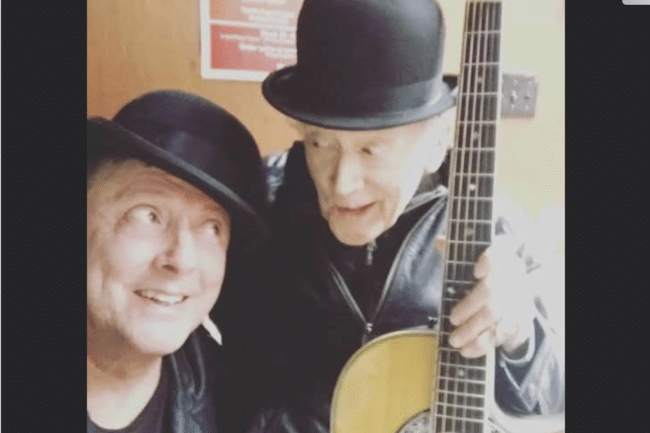
The Incredible Will to Sing
The will to make it to a loved one’s graduation or wedding, or to the birth of a new baby, somehow compels the body to obey the will. Stu Klitsner was going to sing at his only granddaughter’s wedding, come hell or high water.
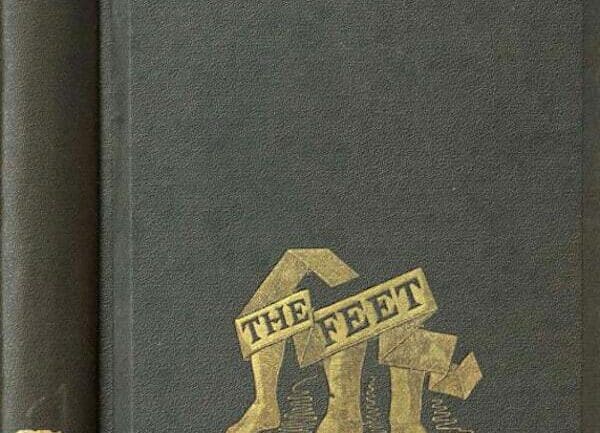
The Chaplain’s Feet
Chaplains exercise their humanness with every patient or family member they meet. What are the parallels between the kind of presence chaplains bring in the spiritual realm and that of the dancer who sees her choreography and performance as a kind of chaplaincy?
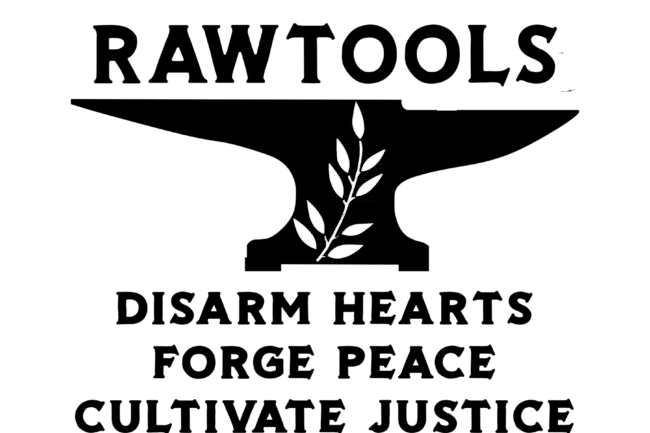
Whacking a Gun
At the 2023 Parliament of the World’s Religions, blacksmiths from RAWTools demonstrated how they took guns that had been surrendered from a variety of sources and re-formed them into garden hand tools, making literal their mission and message of anti-violence. The organization takes literally the passage from the Book of Isaiah to “beat their swords into plowshares and their spears into pruning hooks.”
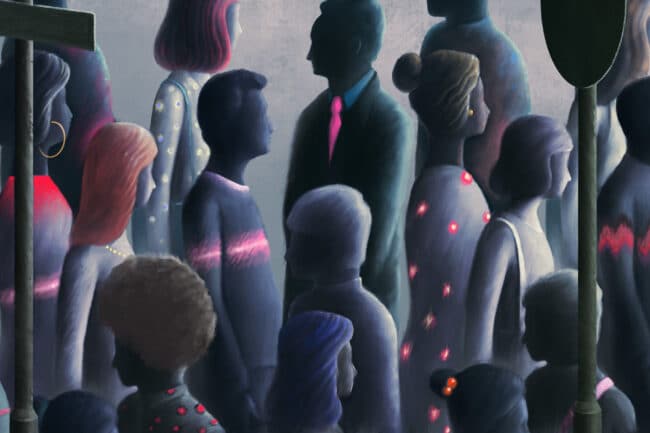
A Vaccine for Loneliness?
Public health has gotten bigger and bigger in recent decades. What was only thought of in the past as individual choices, like drug addiction, gun violence, or smoking crossed over to be thought of by many as social issues and, eventually, as matters of public health. With the Surgeon General’s report that came out in May, 2023, loneliness and isolation may assume their place alongside them as social epidemics.
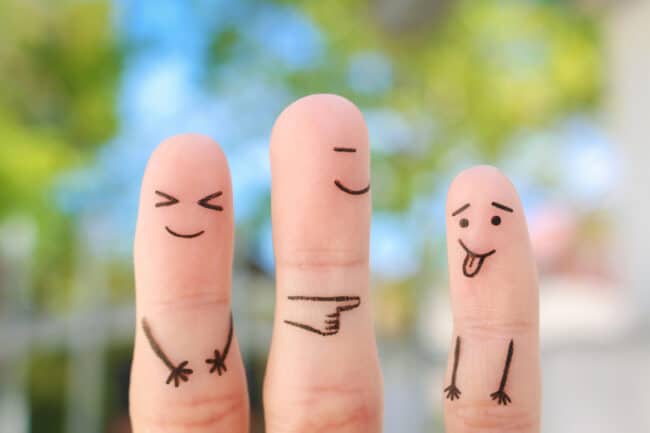
Grief on the Comedy Stage
Is it in supremely bad taste, or potentially healing in a social setting, to use death and dying as material on the American comedy stage? The post-pandemic fad of comedy shows that deal with what have been taboo topics is currently walking that line.
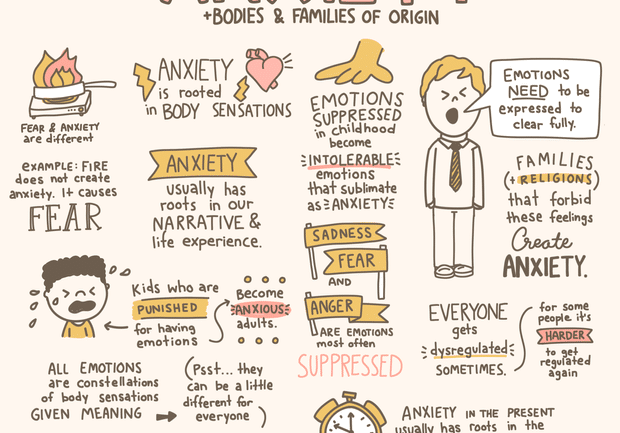
If You’re a Pro, You Gotta Have a Pro
Lindsay Braman’s example can open your mind about what sorts of both joy and utility you can create, simply by letting your own gifts out of the closet and using them in your work, in recognizing that, if a therapist/doodler can connect two passions, so can you.


